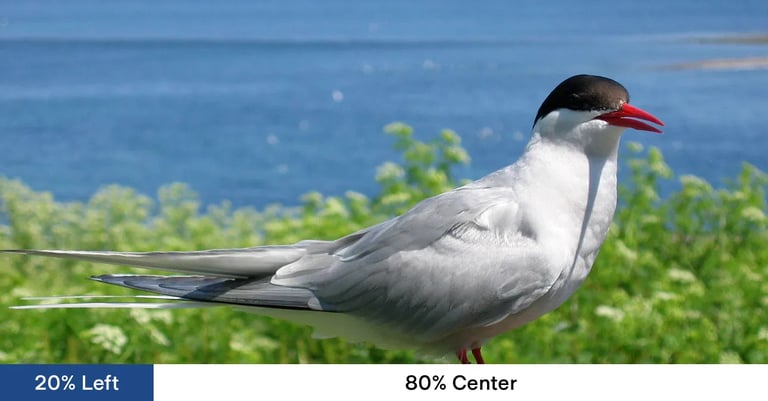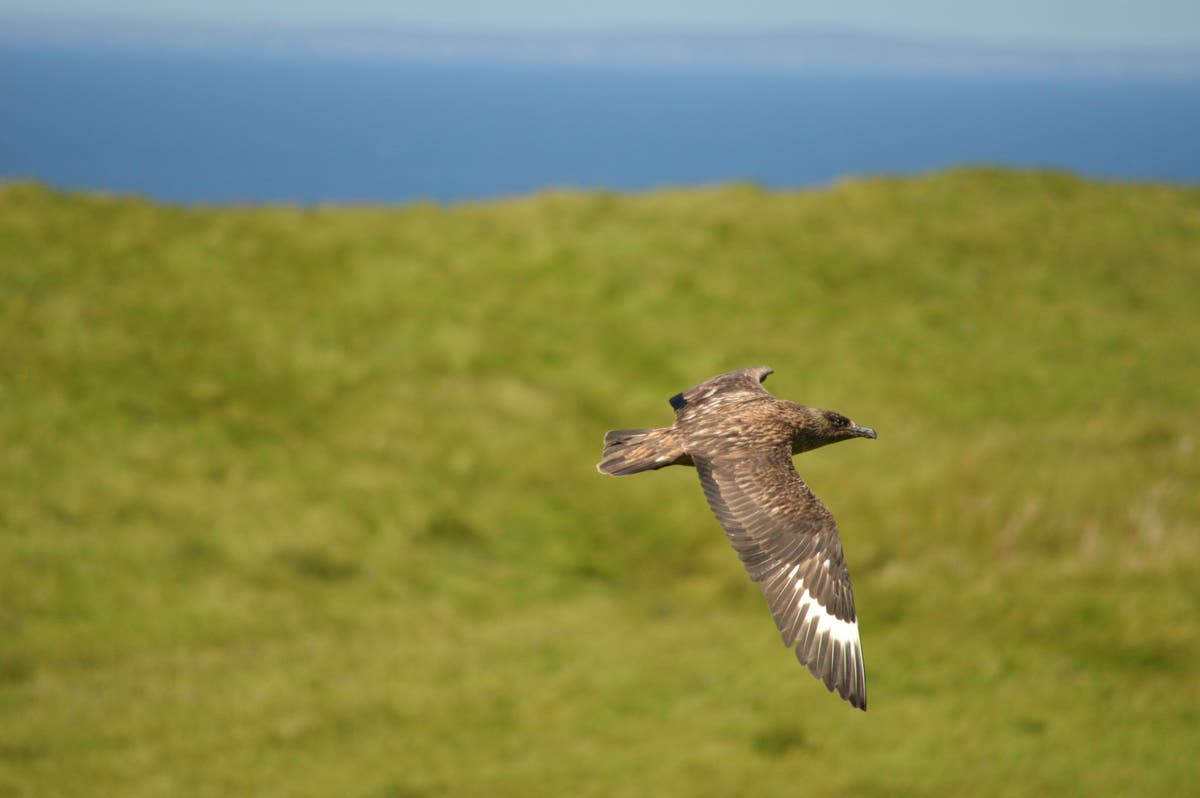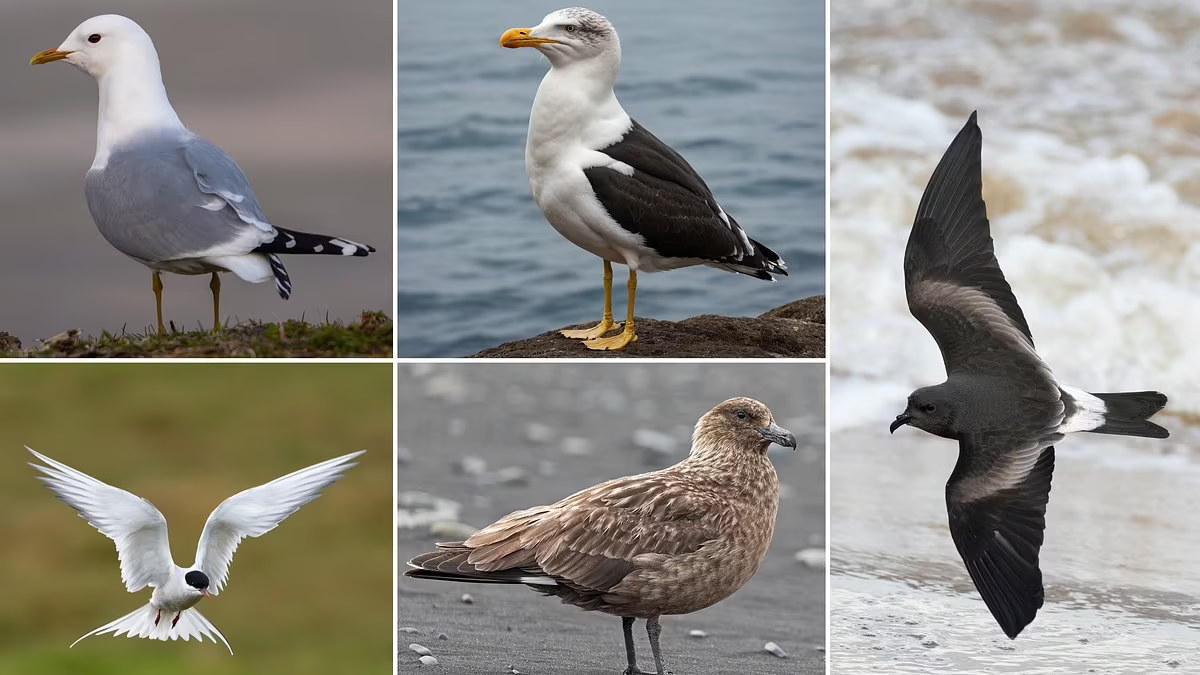UK Seabird Crisis: 40% on Red List, RSPB Urges Immediate Government Action
September 2, 2024
Recent assessments have added five seabird species, including Leach's storm-petrel and Arctic tern, to the UK's 'red list' of greatest conservation concern, highlighting the urgent need for conservation measures.
Despite the concerning statistics, there is some positive news as the Shag species has improved from red to amber status, and the Black Guillemot has moved to the green list due to better population data.
Conservation efforts are underway, including the closure of sandeel fisheries in the North Sea and the removal of invasive predators from seabird islands, which have shown promising results.
However, more comprehensive national conservation strategies are necessary to protect seabird colonies and manage fisheries effectively to support their diets and reduce bycatch.
The British Isles are crucial for global seabird populations, hosting nearly 30 species, including significant numbers of Manx shearwaters, northern gannets, and great skuas.
The Royal Society for the Protection of Birds (RSPB) is calling for urgent government action to address the alarming decline of seabird populations, with nearly 40% of breeding seabirds in the UK now on the red list.
Seabirds are facing numerous threats, including climate change, overfishing, disease outbreaks like avian influenza, and entanglement in fishing gear, all contributing to their declining numbers.
The highly pathogenic avian influenza strain HPAI H5N1, first detected in the UK in 2021, has led to the deaths of tens of thousands of seabirds, severely impacting populations such as the Great Skua.
Data for these assessments were gathered from the national seabird census and supplemented by monitoring programs, underscoring the importance of continued research and monitoring.
Experts emphasize the need for ongoing monitoring to evaluate the effectiveness of conservation actions and understand the impact of various threats on seabird populations.
Successful marine protected areas, like Lyme Bay, demonstrate that sustainable fishing practices can coexist with seabird conservation, yielding positive ecological outcomes.
Conservationists are urging the UK government to expand protected marine areas to mitigate the impacts of overfishing and bycatch on seabird populations.
Summary based on 7 sources
Get a daily email with more Science stories
Sources

The Guardian • Sep 2, 2024
Arctic tern and common gull join red list of UK species in crisis
BBC News • Sep 3, 2024
Five seabirds added to UK red list of most concern
The Independent • Sep 2, 2024
Five more bird species have been added to UK’s ‘red list’